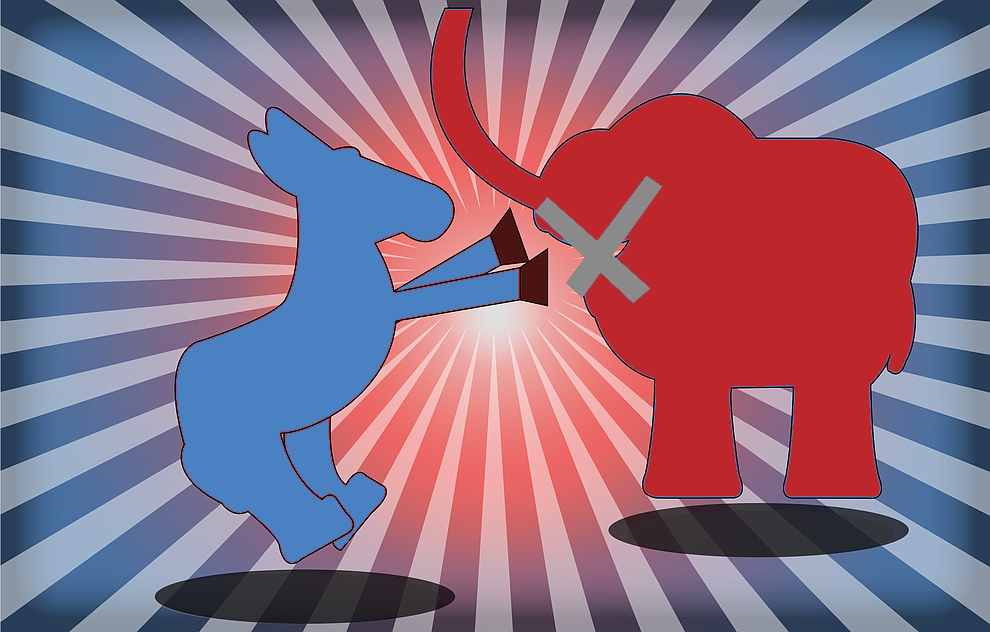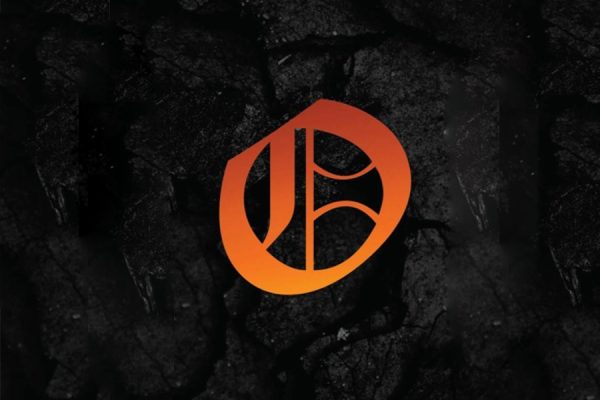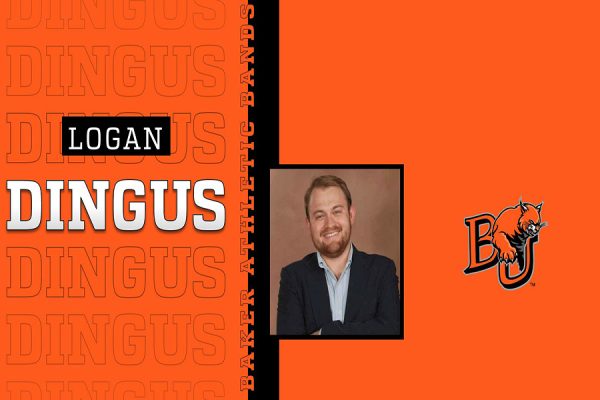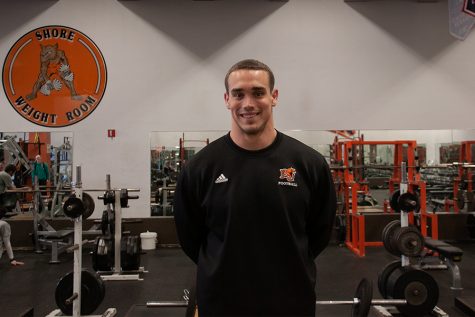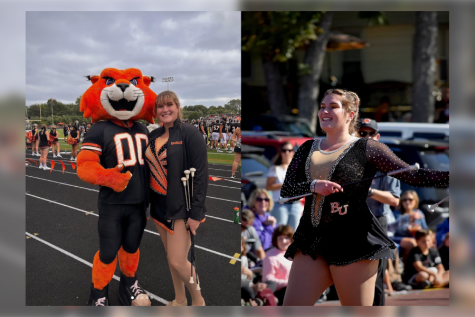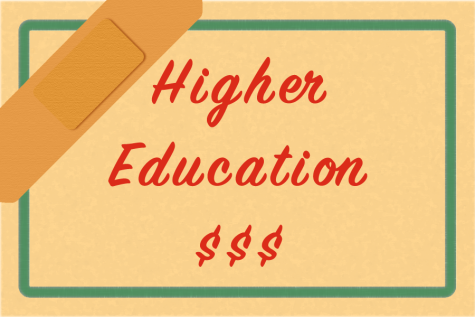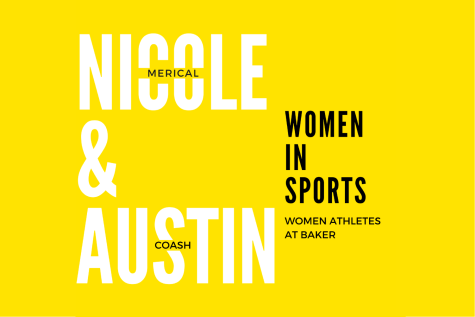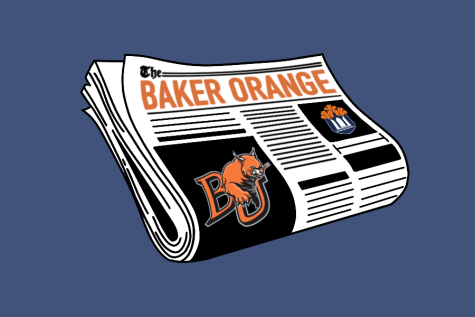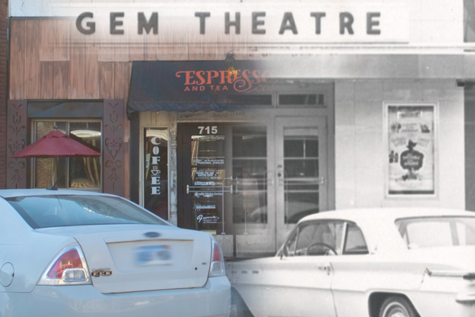Conservative students stifled on college campuses
Graphic by Maria Echeverry.
Things usually do not go right for college professors. And by “right,” I mean right-wing.
According to Boston Magazine, “In the South and throughout the Great Plains, the ratio of liberal to conservative professors hover(s) around 3 to 1. On the liberal left coast, the ratio was 6 to 1. And then there was New England standing at 28 to 1.”
Conservative professors across college campuses are a rarity and could eventually become extinct. The four years students spend attending college are the some of the most transformational years of their lives. With such a high percentage of liberal professors, it is no wonder that most college students are also affiliated with the left.
Due to a sweeping majority of college students identifying with the Democratic Party, the conservative minority has often been silenced on U.S. campuses. In a survey at Brandeis University in Massachusetts, three quarters of students who identified as conservative said they chose not to express their political views on campus.
It may be surprising to consider that liberals are squashing conservative views when the typical glance at social media suggests that Republicans are closed-minded and overly aggressive in their positions. By stigmatizing conservatives as the closed-minded villains, liberals are creating a façade that conservatives are actually the ones suffocating other viewpoints.
Indeed, even as a college female who identifies as an independent conservative, I have been stereotyped as discriminatory, closed-minded, even racist and homophobic. I can promise you that I am none of those things, and the people who know me well realize that I have extremely middle-line views for someone who identifies as conservative.
I rarely express my opinion to others on popular issues. I fear that my professors and fellow students will immediately assume I am ignorant and delegitimize my opinions from that moment forward.
What caused this dynamic on college campuses? Why are conservative opinions hidden in shame and liberal opinions widely accepted or even glorified?
Some argue that the definition of conservatism has changed to be only what Fox News and President Trump exemplify in their daily proclamations, and because of this change in definition, people who would have normally identified as conservative now must identify as moderate or independent.
Another argument points out that many members of a more conservative generation have retired from teaching, opening the door for a rise in younger, left-leaning professors.
College students and professors need to examine their own beliefs and biases. Liberals must consider whether their conservative counterparts should be stereotyped as racist, homophobic, anti-feminist or anti-semitic. Conservatives must become more outspoken on issues instead of continuing to be silent due to fear.
Most importantly, both sides must develop a sense of respect and understanding for people with opposing opinions. Mutual respect will foster an environment of growth and learning that could create progress and change our nation.
College students are the future of America, and professors are cultivating the opinions that those students will carry on into the future. When we begin to respect and listen to differing opinions and promote open conversation on campus, our country will surely become a better place.


